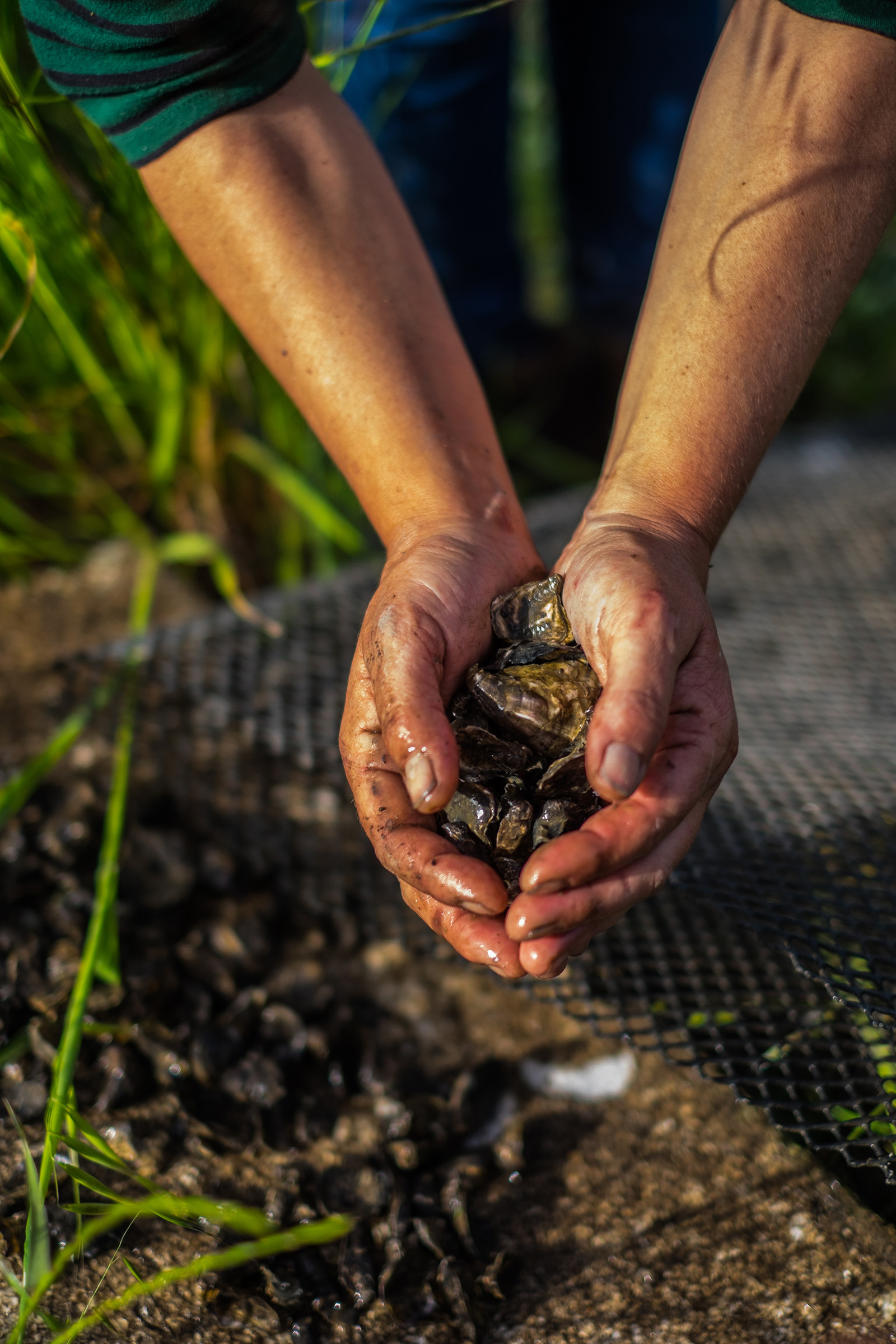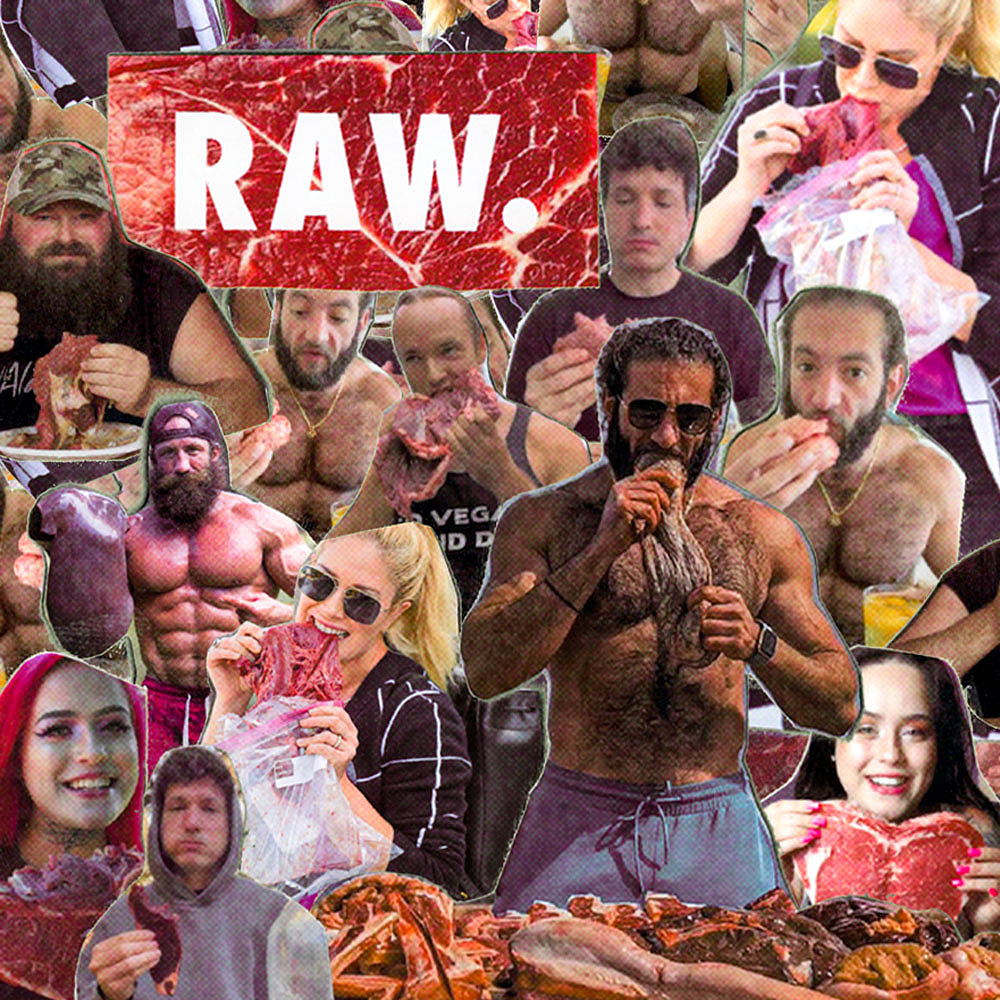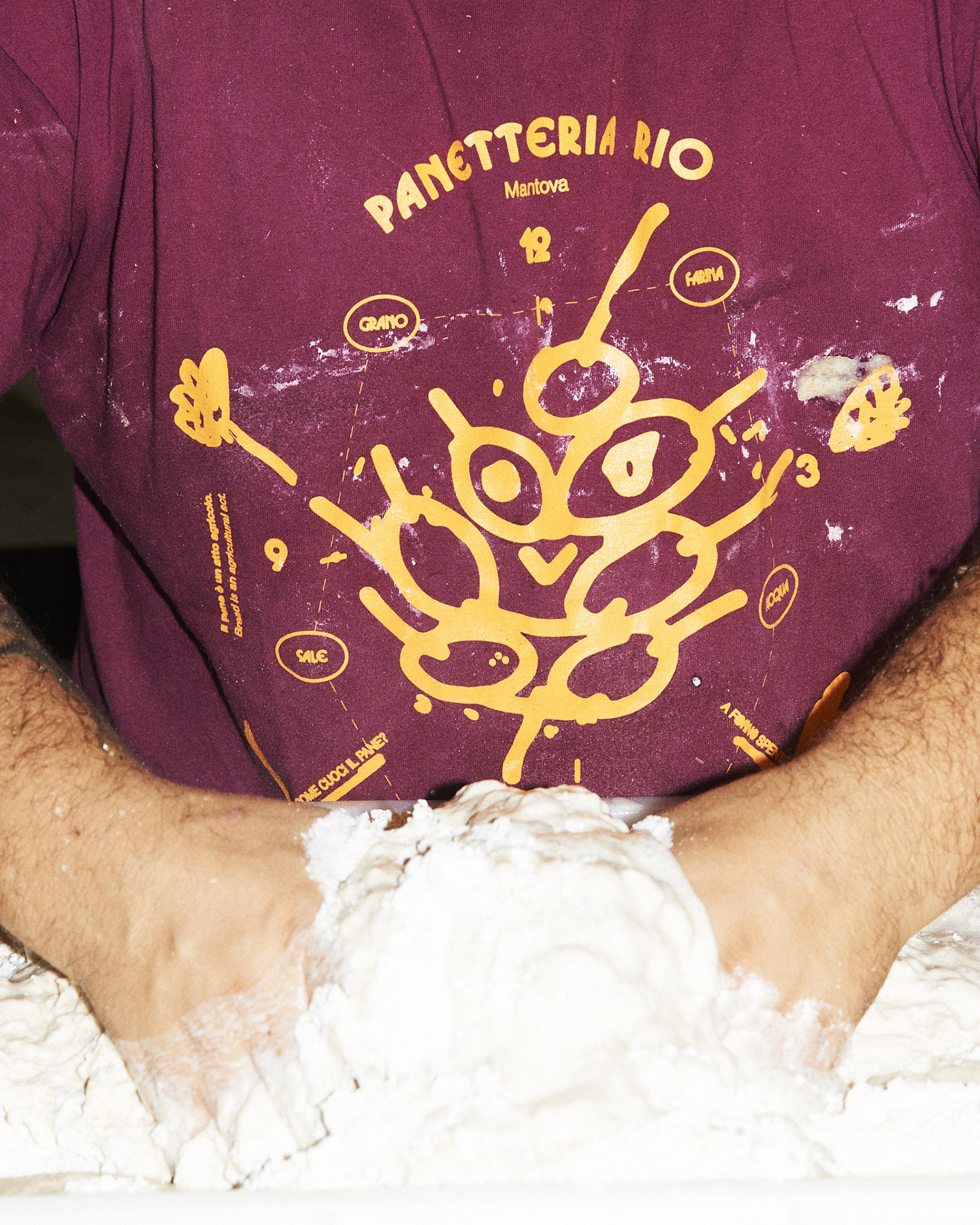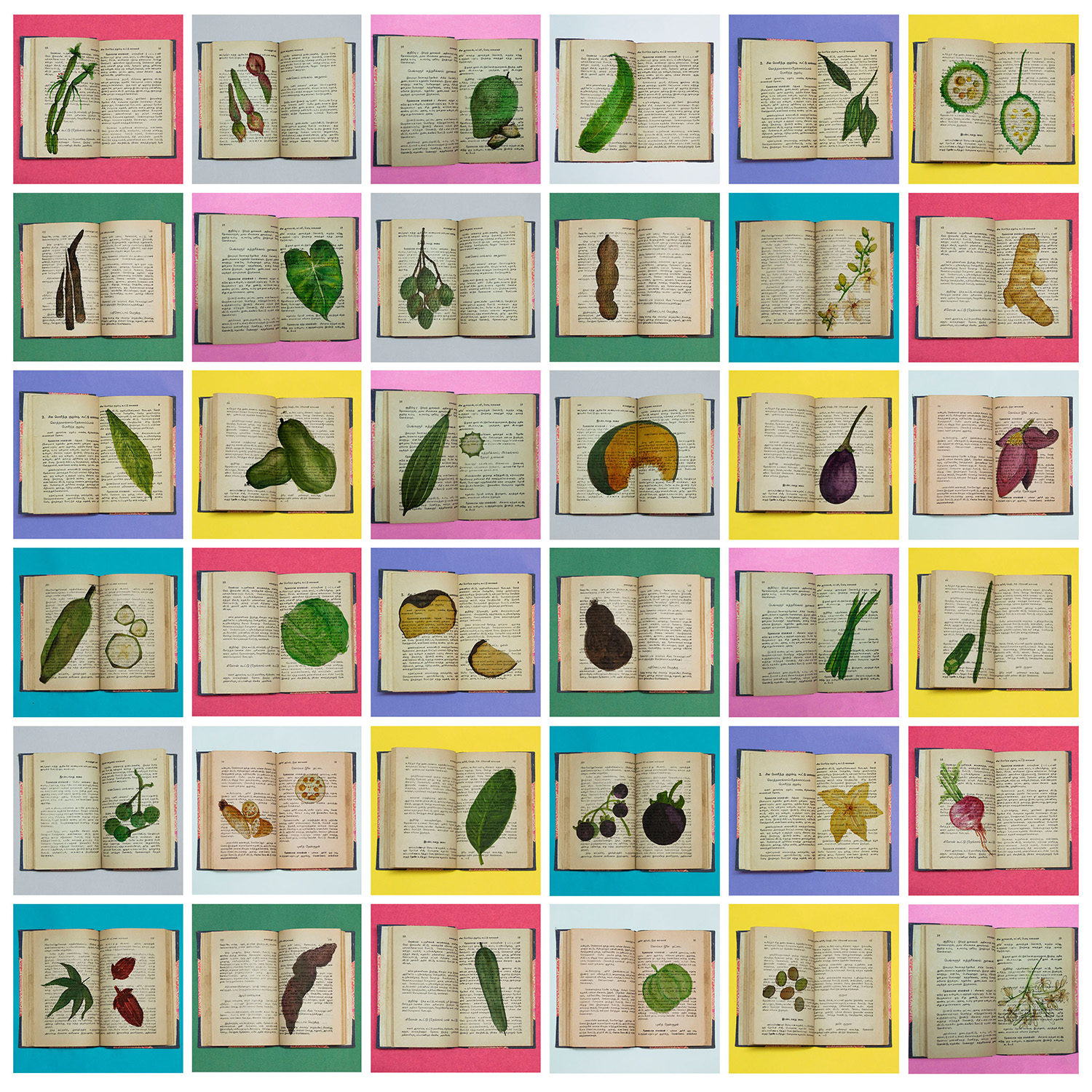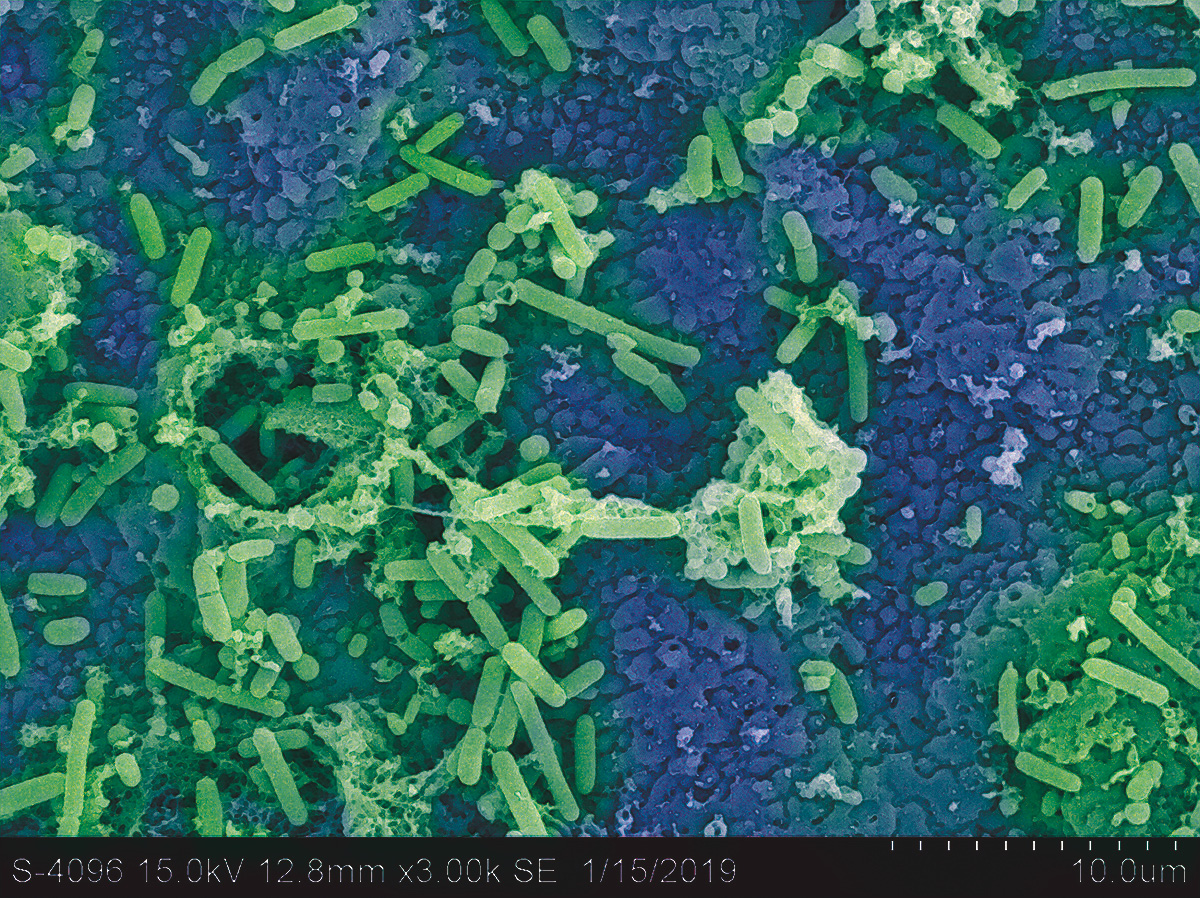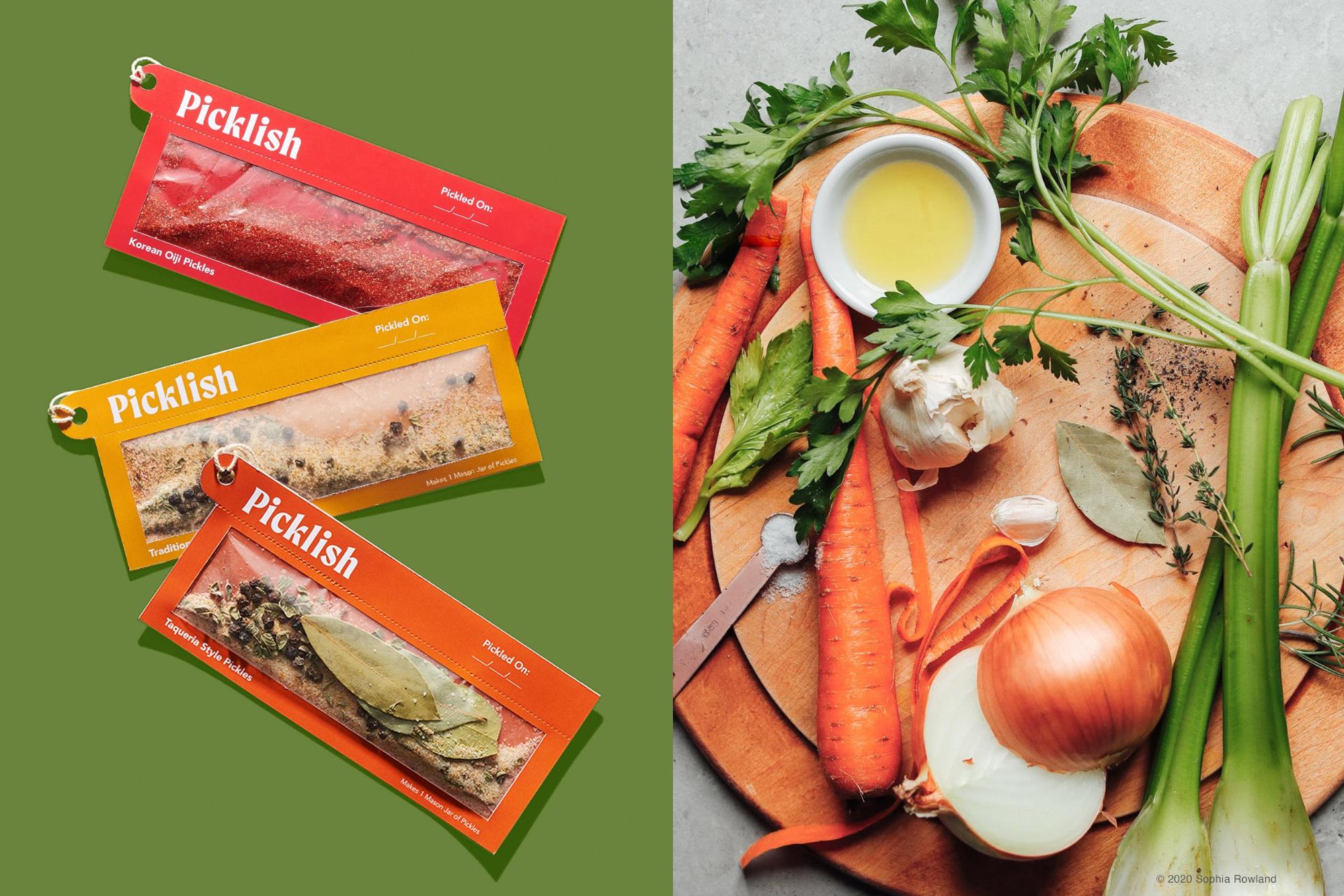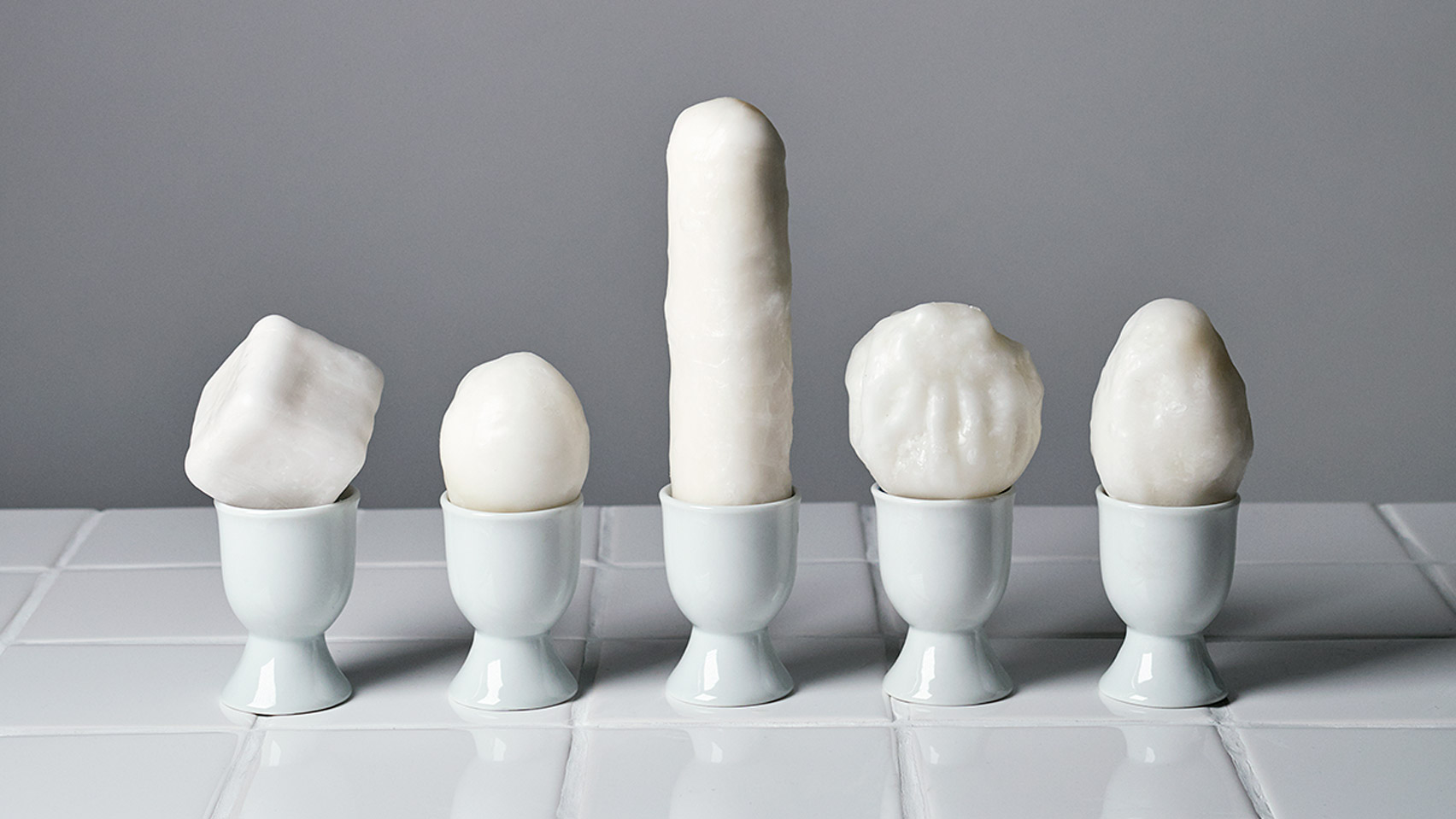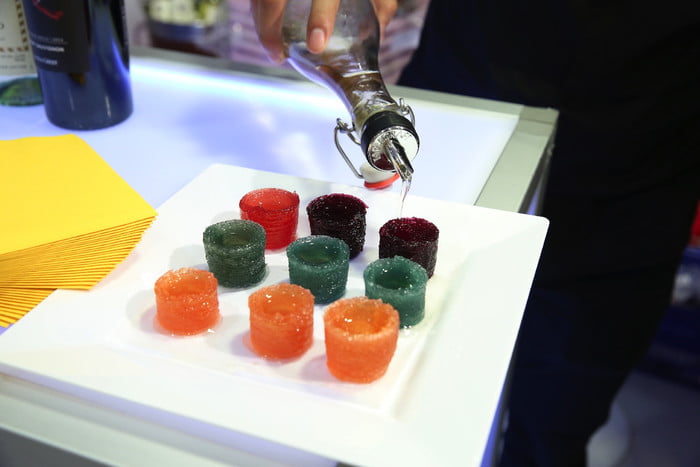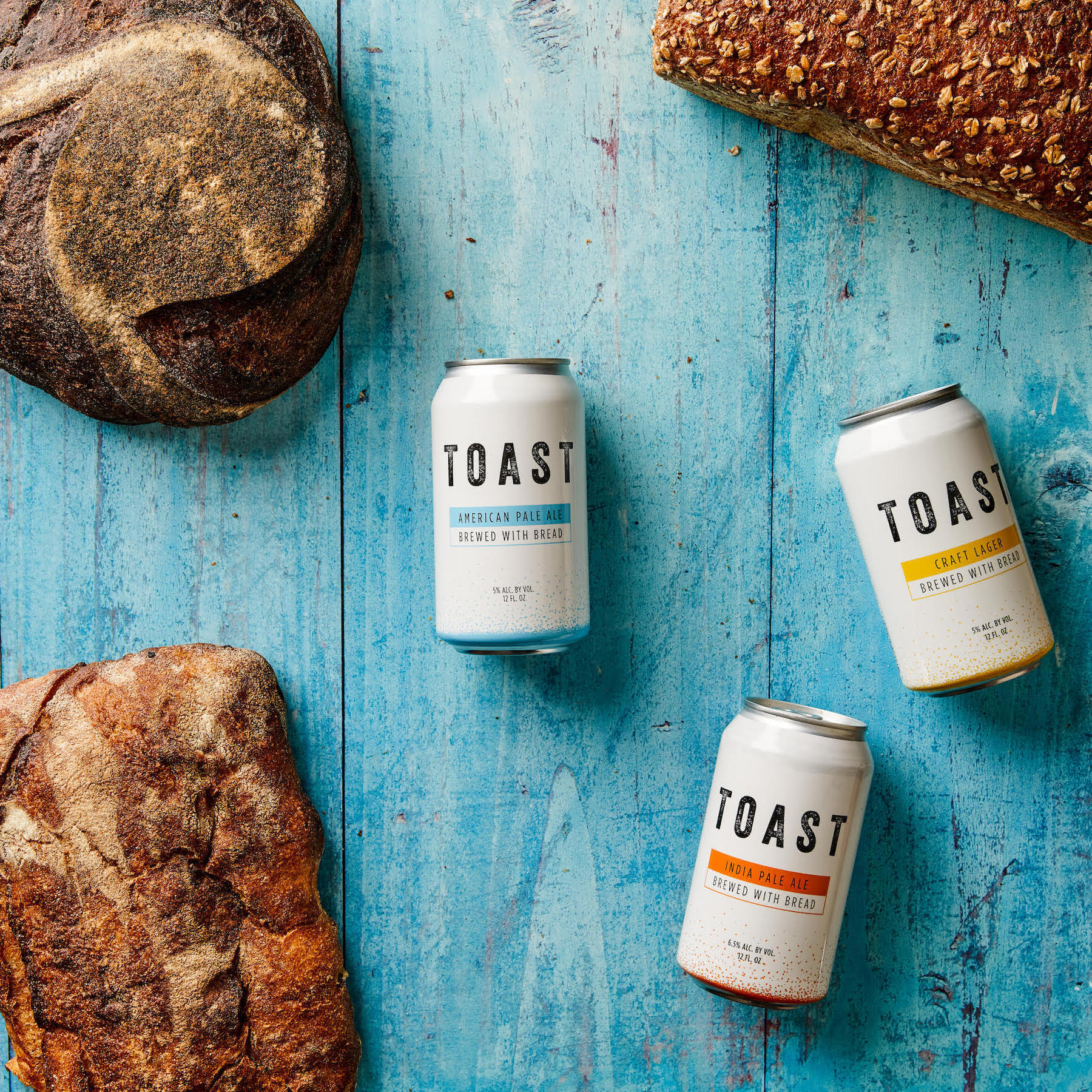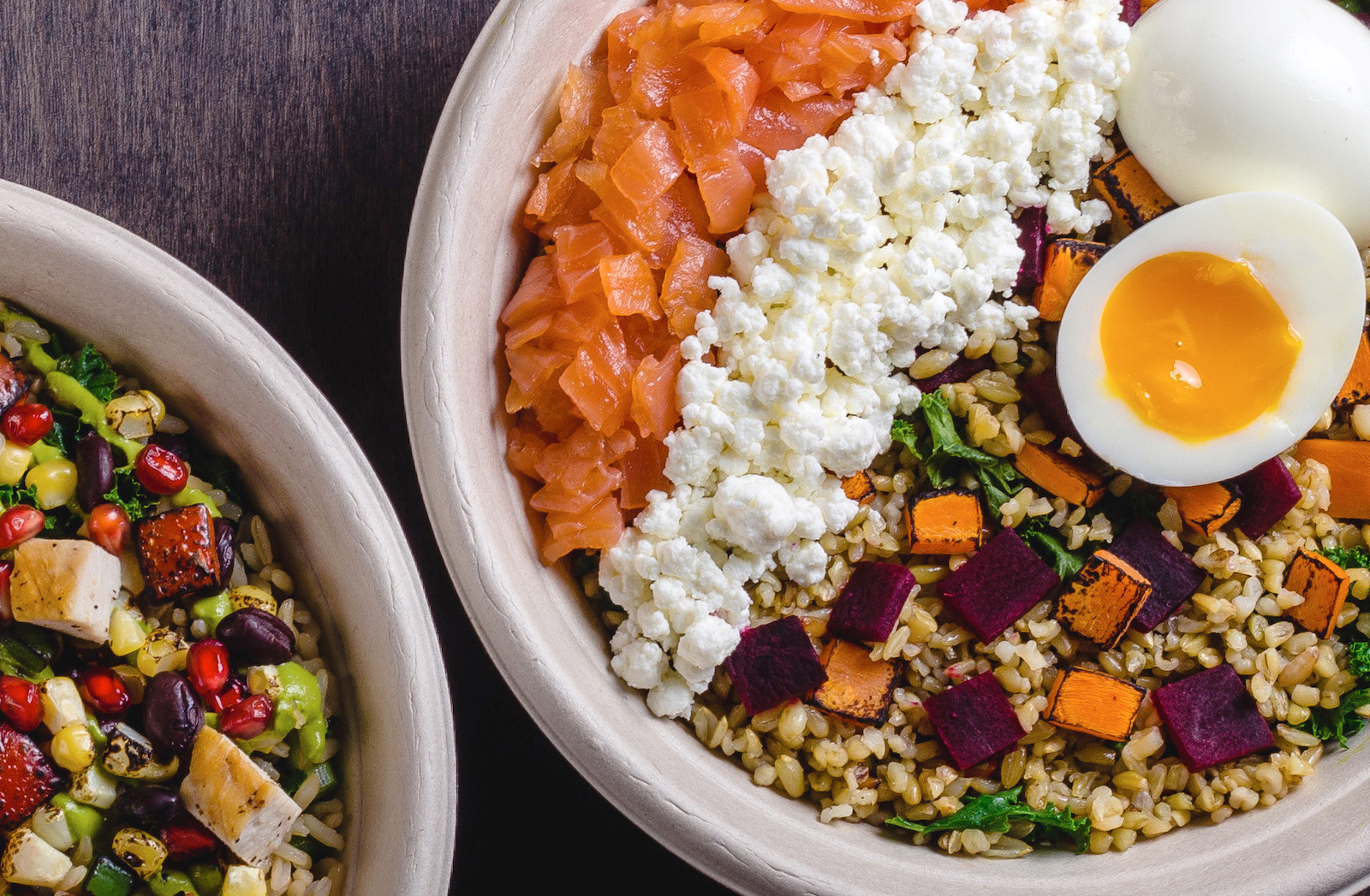This story is part of MOLD Magazine: Issue 01, Designing for the Human Microbiome. There’s still time to order your limited edition copy here.
Among the more unusual phenomena in coffee connoisseurship is what is known as Kopi luwak, Indonesian for “civet coffee.” If the name imparts a sense of exoticism, it also elides the gross-out factor: The beans are harvested from the feces of the cat-like civet, whose appetite for coffee cherries transform and smooth out the flavor of the beans as they move through the civet’s digestive tract. The easy joke about “one man’s trash” — or in this case, one animal’s poo — belies the actual process which is essentially a form of fermentation.
This insight inspired a pair of French scientists to investigate this biochemical process in the lab.

Camille Delebecque and Sophie Deterre founded Afineur in Brooklyn in 2014, launching their first product, Cultured Coffee, in December 2015 with a successful Kickstarter campaign. We had the chance to speak to Delebecque about their background and business model, the distinction between technology and craft, and what the future holds for fermentation — not just of coffee beans but food in general. Here’s what he had to say:
Sophie and I first met 18 years ago in high school but we took our own paths. Sophie did an engineering degree in food science and then a Ph.D. in flavor chemistry—understanding which molecules contribute to what flavors in food. As for myself, I did a Ph.D. in biotechnology and microbiology, focusing on getting microbes to do new, interesting stuff. The applications I was looking at at the time were mostly around biofuels, but I was always interested in the cool stuff that was happening in biotechnology labs, even though there’s always been a big gap between academic research and applications in the marketplace. And I’ve always been interested in food — I was raised in a family that spent at least an hour every night to cook a nice dinner.
When our paths crossed again about two years ago, we realized there was something really cool at the intersection of our two areas of expertise: microbiology on one side and food science and flavor chemistry on the other side. Fermented food has been around for a long time — based on the discovery of cheesemaking tools in Holland, the first cheeses were made at least 7,000 ago — but in the past five to ten years, we’ve gained a much greater understanding of what microbes can really do. That’s what we try to capture with Afineur — to really transform what used to be kind of a spontaneous and uncontrolled process into a precision editing tool to change not only the flavor but also the nutritional profile of food products.
Natural, spontaneous fermentation plays a role in coffee processing in some parts of the world. After coffee is harvested, they dunk it into water to get rid of the pulp around the bean — some microbes grow spontaneously and chew away at this pulp. Our consumer base was somewhat familiar with the importance of fermentation in these craft coffee products, and I would still call what we do “craft coffee.” I think where we shine is really at this intersection of craft food and technology.
We thought coffee was an interesting product to start with for a number of reasons, most notably that we’re at a transition known as the third wave of coffee—a shift towards higher-quality coffee. People are changing the way they consume coffee and it’s become a gold rush for high-quality beans. In the coffee industry, sourcing and roasting are really the only tools to control the quality of the coffee. Fermentation brings another level of creative control.
We are trying to achieve two different things with coffee: first, we want to achieve very smooth coffee profiles to erase all of the bitterness and astringency of traditional coffee so the more interesting notes of terroir shine through. We also want to neutralize the profile of coffee and position ourselves like a health and wellness product. A lot of people want to limit their coffee consumption or switch to other products like tea because their stomachs are sensitive to coffee—we’ve reduced all of the molecules that are responsible for that.
We are looking to vertically integrate the business: not just looking for technological solutions but also thinking about commercialization. On one hand, we get to understand and identify with our consumers, but on the other hand, we get to tell a complete story about both the coffee and the technological process so we’re not hiding behind the science. We use the process, design and packaging as an opportunity to educate consumers about the wonderful world of microbes and what they can really do (or not do) for food.
The bigger ambition of Afineur is really to leverage natural fermentation to unleash the full potential of the process for different food products, and we see a lot of opportunities to develop an interesting consumer brand around smart fermentation.





